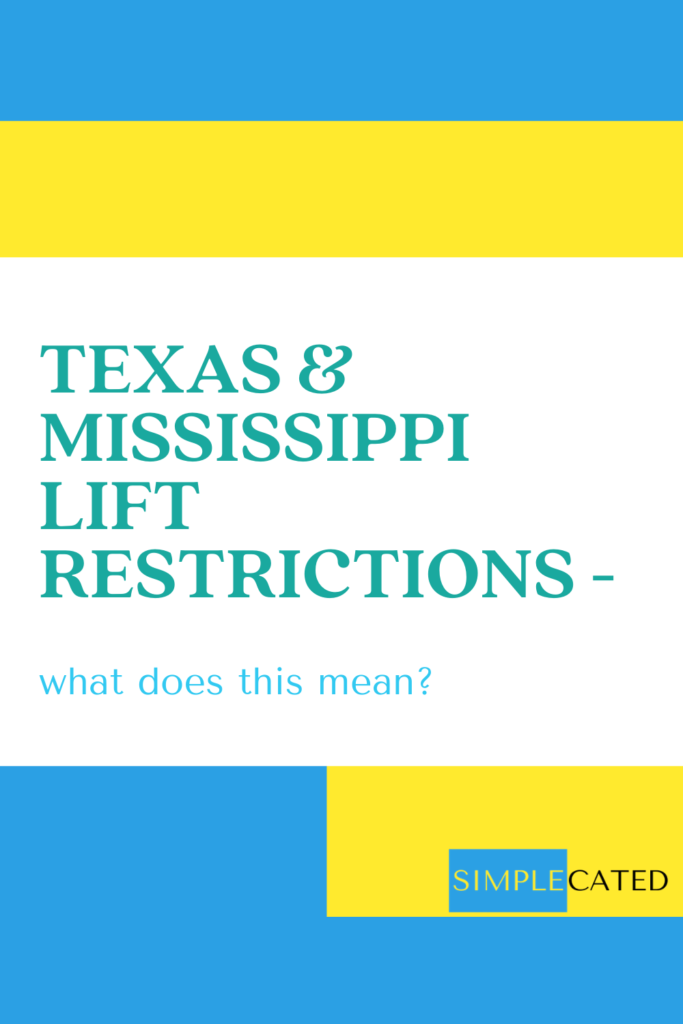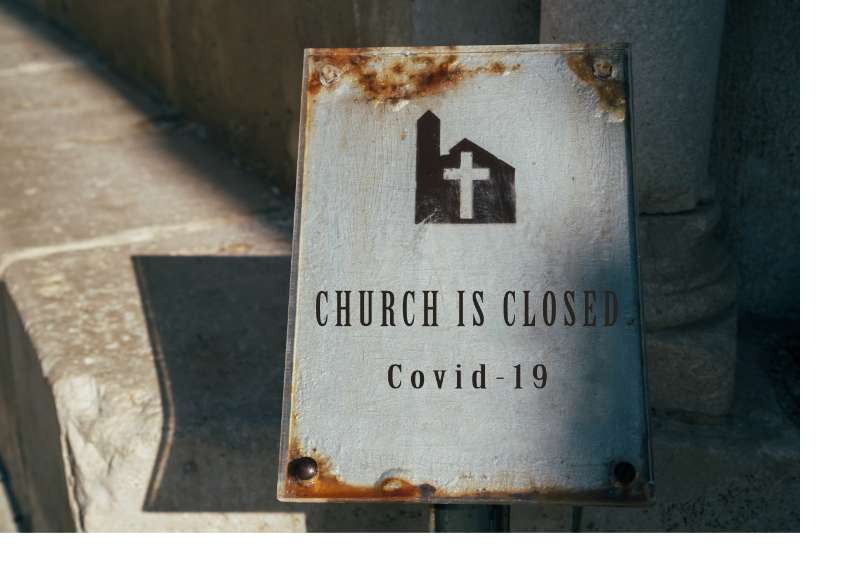Last week, Texas and Mississippi lifted their COVID-19 mask mandates and allowed nearly all businesses to operate at full capacity. Some people may be excited about this, but not the CDC. In fact, CDC Director Dr. Rochelle Walensky said, “Please hear me clearly: At this level of cases with variants spreading, we stand to completely lose the hard-earned ground we have gained.” Yikes. If your organization operates in Texas or Mississippi, what does this actually mean for you? And what does this mean for the rest of us?
Can Doesn’t Mean Should
I say this a lot – just because you can do something doesn’t mean you should. Yes, you can operate at full capacity, but that doesn’t automatically mean you should. As much as we all want to get back to normal, we have a responsibility to proceed safely. It’s also important to note that you don’t have to ease the policies for your respective organization. The lifting of restrictions doesn’t mean you’re forced to lift them for your own workplace.
Evaluate Your Organization’s Needs
Here in Georgia, we haven’t had mask mandates. There have been some regulations on specific industries, but each organization has largely had to figure out how to operate safely. They’ve set their own mask policies and have made their own decisions about how to keep employees and customers safe. This kind of dynamic has its own frustrations (seriously, lots of frustrations…but that’s a topic for another day). I can tell you, though, that we’ve very quickly been able to see who actually takes health and safety seriously. We’ve seen which leaders take seriously their moral responsibility to take care of their employees. And that’s been very telling.
This pandemic season won’t just be a blip that everyone will forget about one day. People are paying attention to how leaders and organizations respond. It’s essential to prioritize health and safety – regardless of what your state, city, or county does or doesn’t mandate. The CDC regulations are still important, and OSHA regulations still apply to you.
Evaluate the needs of your organization. Consider what will keep your employees and customers safe. It may be that you can ease some of your policies, or it may be that you need to maintain them. It may feel unpopular to maintain restrictions, but a pandemic is no time for a popularity contest. You have the ability to do what you need to do to operate safely. Yes, some people might ridicule you. My guess, however, is you’ll have a lot of people who will appreciate you and prefer doing business with you. That’s certainly been my experience here in Georgia.
Require Masks
The CDC recommends all workers wear masks, so this needs to remain a workplace policy. OSHA provides additional guidance to employers regarding jobs in which cloth face coverings could be a hazard. Under the ADA, you’ll also need to try to find an accommodation for employees who are unable to wear masks. This could include working from home or wearing a modified face covering. (Here’s some advice if you have an employee refusing to wear a mask.)
Given your responsibility to keep your employees safe, you’ll probably need some kind of policy about customers/visitors wearing masks. I can tell you this is where you’re likely to get the most pushback. So, you’ll need to have a plan about how you’ll respond. Know that you can require those entering your building to wear a mask. As you remain consistent, you’ll probably have fewer and fewer issues.
Abide by OSHA
OSHA has very helpful guides related to keeping your workplace safe. You can find everything from advice on sanitizing to what to do if a worker becomes ill. You’re probably already familiar with their requirements, but it’s worth remembering that they still apply – even if your political officials are lifting other requirements.
Communicate Your Policies
Now that policies may vary more from one organization to another, clearly communicate your policies. Even if you aren’t changing anything, send out a refresher to make sure employees understand what’s expected. If you are making changes, make it very clear what’s changing and what’s not – go over everything. Make sure your policies for customers are clearly communicated and are visible when entering your building.
It’s possible you might have employees who are nervous about policies easing up. Be willing and available to talk with employees about any concerns about working onsite. Work to find solutions.
My advice if you’re easing some of your policies – go slowly. Ease up a little, and evaluate how it goes. It’s much easier than easing up a lot, having issues, and trying to reign things back in. You don’t want a COVID outbreak at your workplace.
For the Rest of Us
Keep an eye on this. It will take some time before we know how things will go in Texas and Mississippi. If you’re in a state like Georgia that doesn’t have a lot of its own regulations, you could start feeling pressure to ease up your own policies. Make sure you keep making the right decisions for your organization.
Another element to keep tabs on – COVID numbers in these states. As spring break nears, take note of the numbers in Texas and Mississippi as these might be increasingly popular travel destinations. Depending on how it goes, you might need to consider whether employees need to quarantine after traveling there. If so, notify them ahead of time. (This is a good time anyway to make sure your employees know any travel-related quarantine requirements. Think about both international travel and domestic travel. The CDC has some helpful guidance about this.)
Photo credit: By olaser / Canva





